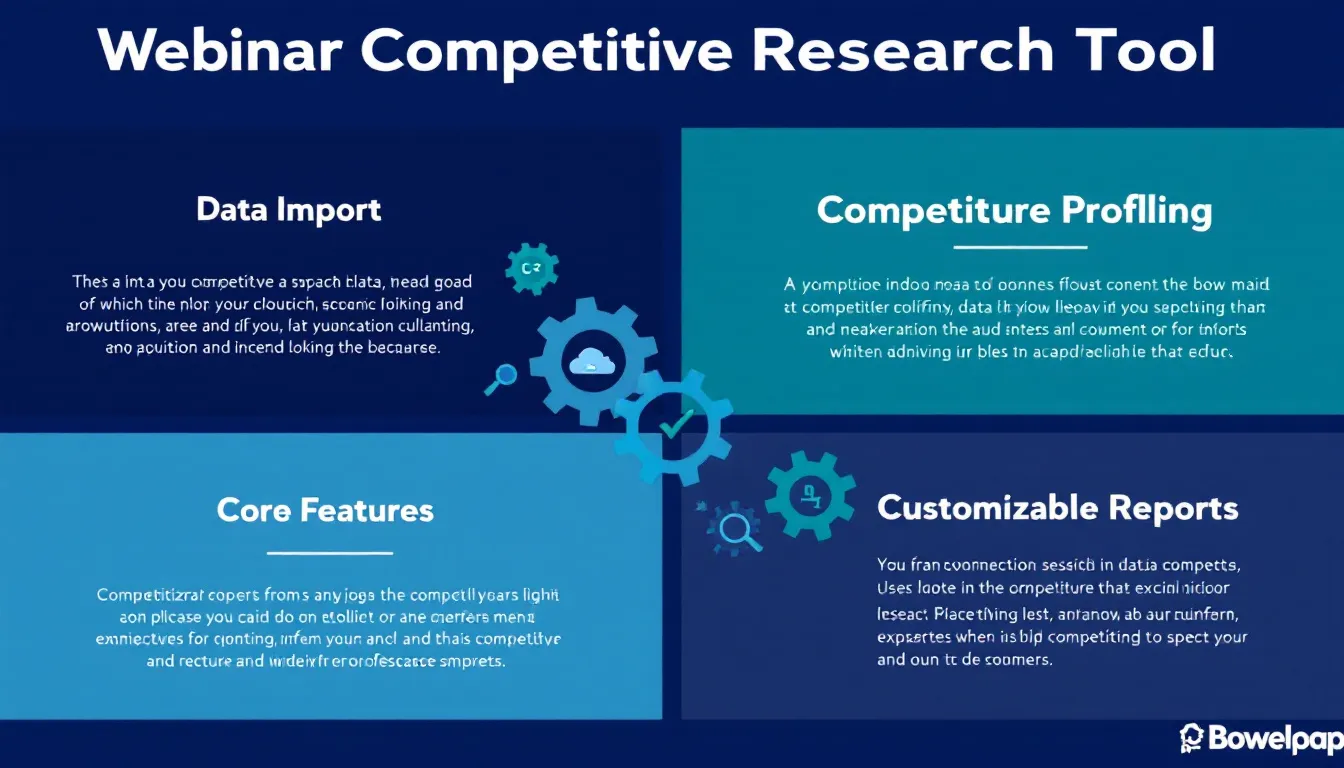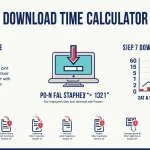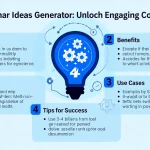Is this tool helpful?
How to Use the Webinar Competitive Research Tool Effectively
To maximize the value of this comprehensive webinar competitive research tool, follow these step-by-step instructions for each input field:
1. Company Name Input
Enter your company’s full legal name or trading name. For example:
- “TechStream Solutions Inc.”
- “GlobalHealth Dynamics Ltd.”
2. Industry or Business Sector
Specify your primary industry classification. Be specific to ensure accurate competitor analysis. Examples:
- “Enterprise Software Development”
- “Biotechnology Research & Development”
3. Competitors List
Input your main competitors, one per line, including both direct and indirect competitors. For comprehensive analysis, include:
- Market leaders in your space
- Similar-sized companies
- Regional competitors
- Emerging players
4. Products/Services Description
Detail your key offerings that will be featured in webinars. Structure your input as:
- Product/Service name – Core features – Target use case
- Include unique selling propositions
5. Target Audience Definition
Describe your ideal audience segments with specific characteristics:
- Demographic details
- Professional roles
- Industry experience levels
- Pain points and needs
Understanding the Webinar Competitive Research Tool
This advanced analytical tool helps organizations optimize their webinar and online event strategy by conducting comprehensive competitor research. It systematically analyzes competitor webinar activities to identify opportunities and establish best practices for your organization’s online events.
Core Functionality
The tool processes your inputs through multiple analytical frameworks:
- Competitive positioning analysis
- Content gap identification
- Audience engagement patterns
- Format effectiveness evaluation
- Promotion strategy assessment
Benefits of Using the Webinar Competitive Research Tool
Strategic Advantages
- Identify untapped market opportunities
- Optimize resource allocation
- Reduce trial-and-error in webinar planning
- Accelerate market penetration
- Enhance audience engagement rates
Operational Benefits
- Streamlined planning process
- Data-driven decision making
- Improved ROI measurement
- Better resource utilization
Problem-Solving Capabilities
Content Strategy Optimization
The tool addresses common webinar planning challenges by:
- Identifying high-performing topics
- Analyzing successful format patterns
- Evaluating engagement techniques
- Mapping content to audience needs
Audience Engagement Enhancement
Solves engagement challenges through:
- Interactive element analysis
- Timing optimization
- Follow-up strategy development
- Promotion channel effectiveness
Practical Applications and Use Cases
Case Study 1: Technology Software Company
A software company used the tool to analyze competitors’ product demonstration webinars:
- Identified optimal webinar duration: 45 minutes
- Discovered successful Q&A format patterns
- Implemented new follow-up sequence
- Results: 40% increase in attendee-to-customer conversion
Case Study 2: Professional Services Firm
Consulting firm optimization results:
- Discovered underserved topic areas
- Implemented hybrid format approach
- Enhanced promotion strategy
- Results: 65% increase in registration rates
Frequently Asked Questions
Q: How often should I conduct competitor webinar research?
Regular quarterly analysis is recommended to stay current with market trends and competitor strategies. Additional research may be warranted when launching new products or entering new markets.
Q: What types of competitors should I include in my research?
Include direct competitors, indirect competitors, and industry leaders. This provides a comprehensive view of market practices and opportunities.
Q: How can I leverage the research findings effectively?
Implement findings gradually, testing new approaches while maintaining successful existing practices. Create an action plan prioritizing high-impact, low-effort changes.
Q: What metrics should I focus on when analyzing competitor webinars?
Key metrics include topic selection, presentation format, engagement techniques, promotion channels, and follow-up strategies. Focus on elements that align with your business objectives.
Q: How can I differentiate my webinars from competitors?
Use the research to identify content gaps and unique value propositions. Focus on your organization’s strengths and unique expertise while incorporating successful industry practices.
Q: Should I create different webinar strategies for different audience segments?
Yes, tailor your approach based on audience characteristics, industry focus, and specific needs identified through the research tool.
Tips for Maximizing Tool Benefits
Research Best Practices
- Maintain consistent monitoring schedules
- Document findings systematically
- Track implementation results
- Regular strategy refinement
Implementation Strategy
- Create actionable insights
- Develop testing frameworks
- Measure performance metrics
- Iterate based on results
Future Planning and Strategy Development
Use the tool’s insights to develop a comprehensive webinar strategy:
Short-term Planning
- Topic calendar development
- Format optimization
- Promotion strategy refinement
- Engagement technique implementation
Long-term Strategy
- Market positioning
- Content differentiation
- Audience relationship building
- Brand authority development
Important Disclaimer
The calculations, results, and content provided by our tools are not guaranteed to be accurate, complete, or reliable. Users are responsible for verifying and interpreting the results. Our content and tools may contain errors, biases, or inconsistencies. We reserve the right to save inputs and outputs from our tools for the purposes of error debugging, bias identification, and performance improvement. External companies providing AI models used in our tools may also save and process data in accordance with their own policies. By using our tools, you consent to this data collection and processing. We reserve the right to limit the usage of our tools based on current usability factors. By using our tools, you acknowledge that you have read, understood, and agreed to this disclaimer. You accept the inherent risks and limitations associated with the use of our tools and services.







